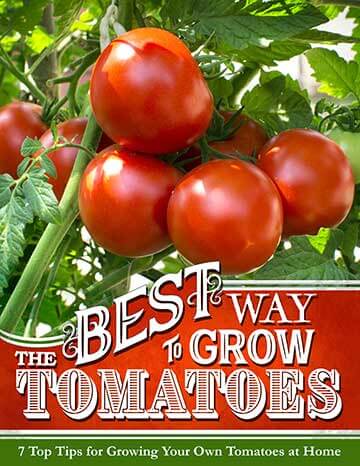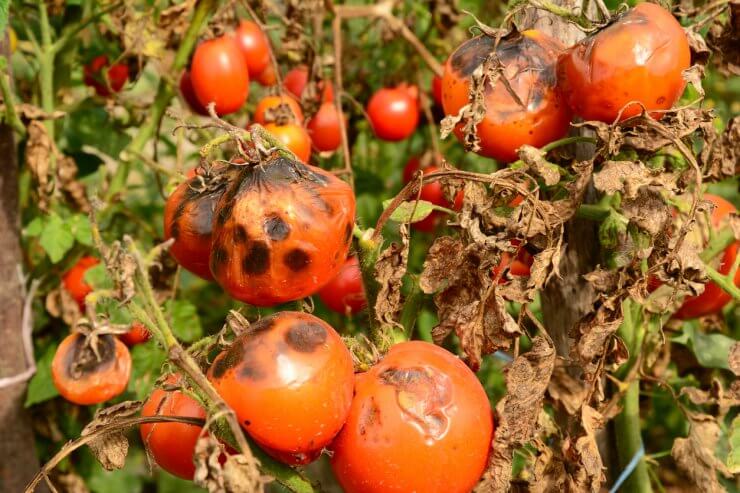
Vegetable gardening can bring a roller coaster of emotions. Watching your plants grow from seed or seedlings can be thrilling, especially when it comes time to harvest your crops. Not to mention the cost savings and peace of mind that comes from growing your own vegetables, herbs, and fruits. But vegetable gardening can be devastating, too. It’s heartbreaking to see your hard work and long hours go down the drain because of various garden diseases. What starts as a shadowy stain on a few leaves, if left untreated can wipe out an entire crop of tomatoes, carrots, or onions. Learning how to spot disease and knowing what to do if and when you see signs of disease, can ease the heartache by keeping your garden healthy. Here are ten strategies to keep vegetable diseases from invading your garden.
Discover 7 top tips for growing, harvesting, and enjoying tomatoes from your home garden—when you access the FREE guide The Best Way to Grow Tomatoes, right now!

Choose disease-resistant varietals
Before you plant seeds or seedlings into your garden, take a look at the varietals you are growing. Many vegetable seeds and seedlings have been grown and hybridized to create new varieties that are more resistant to pests and vegetable diseases. It’s worth reading each seed packet or seedling tray label and pick the plants that will work best in your garden.
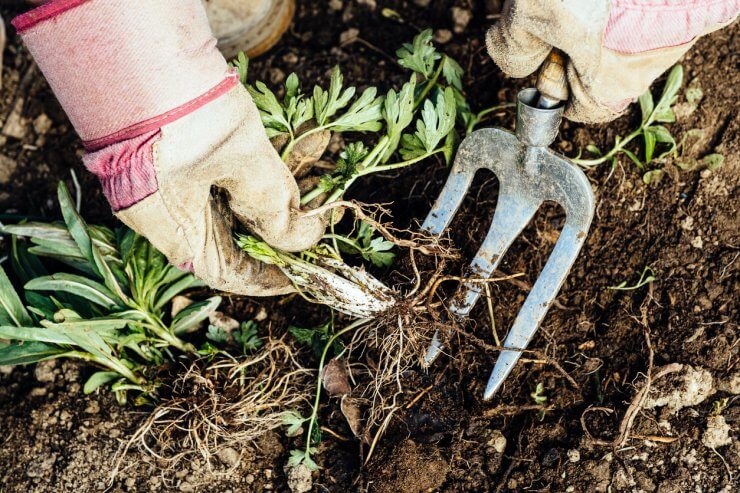
Remove and destroy infected plants
It seems like a no-brainer, but if you see a vegetable, fruit, or herb that looks like it might be diseased, try to identify what it is and get rid of it. Identifying vegetable diseases will tell you the best method of destroying the infected matter. For some diseases, you might be able to just cut away a few stems and leaves. For more invasive diseases, you’ll need to remove the whole plant.
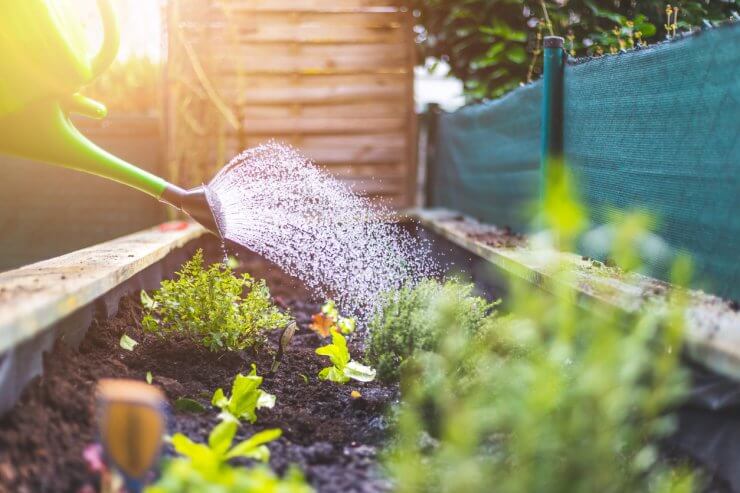
Water in the morning
If your schedule allows, try to water your garden in the morning. By watering in the morning, you’re giving your vegetable garden plenty of time to soak up moisture. The surface of your garden will be dry by nightfall so that your vegetables aren’t sitting in a damp, cool, environment which can be a breeding ground for fungus and other vegetable diseases.
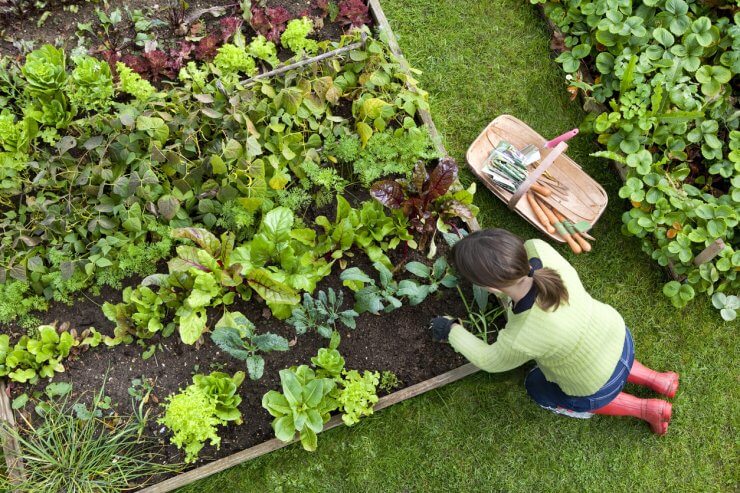
Companion planting
Companion planting, sometimes called co-planting, is a way for different plants to provide a healthy environment for one another. There are many benefits of companion planting from controlling sun exposure and keeping soil moisture and drainage optimal. There are even herbs that have natural antimicrobial properties that help keep vegetable diseases at bay if planted nearby.
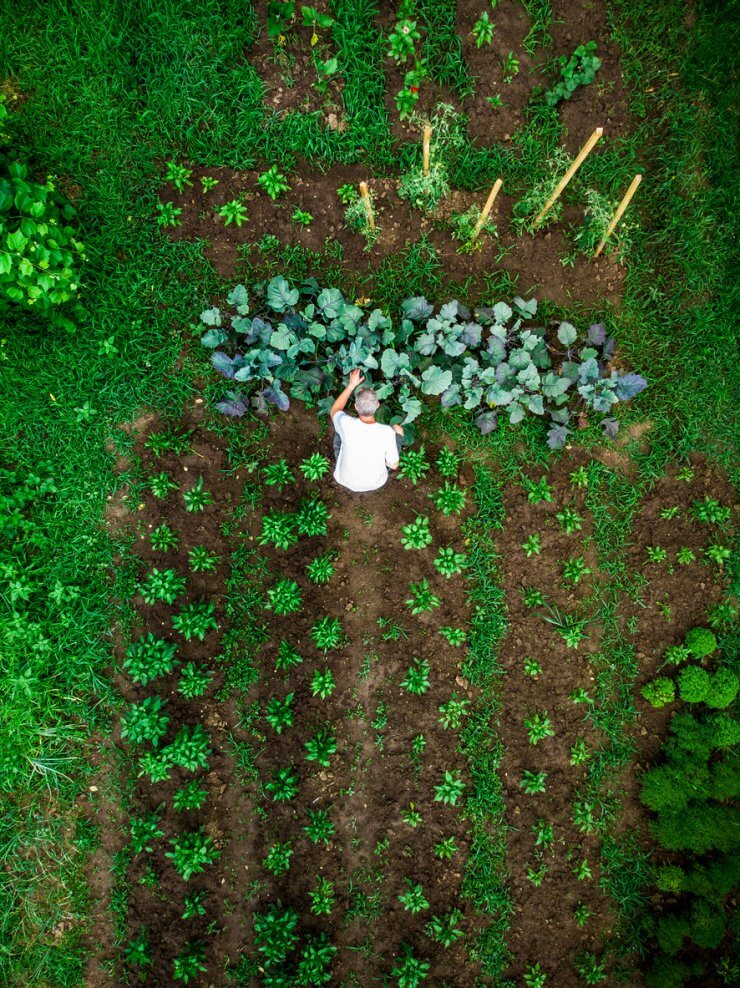
Crop rotation
Changing a vegetable crop’s location from year to year is a great way to control vegetable diseases, especially if you had a crop that experienced disease in the previous season. By rotating your crops, you are reducing the risk that the disease will return by putting a resistant vegetable in its place.
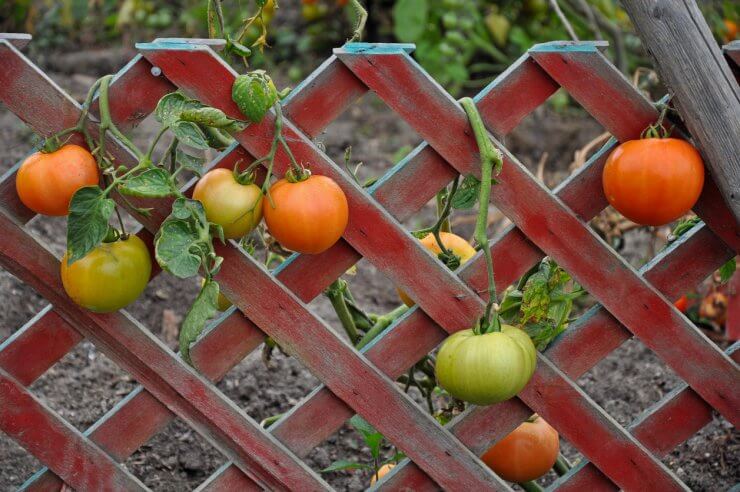
Embrace the Trellis
Adding vertical structures like trellises and tomato cages will help keep fruits like tomatoes, cucumbers, and squash from sitting in damp soil. Trellises also promote good air circulation among crops which helps prevent fungus and other vegetable diseases from spreading.
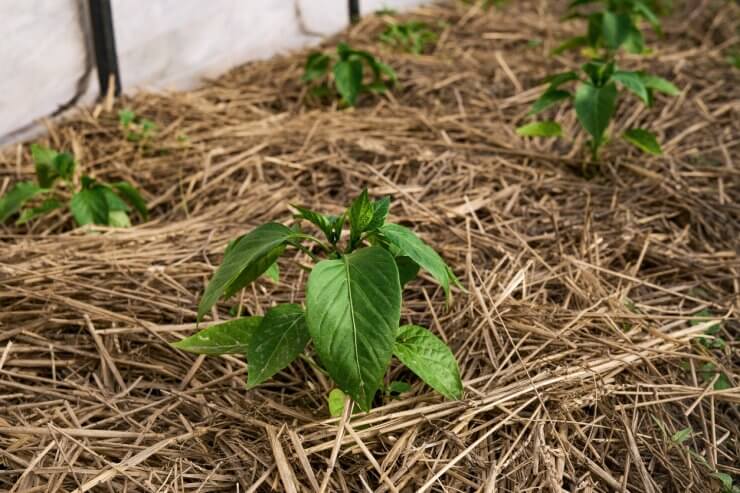
Add Mulch
Using mulch is a great way to reduce vegetable diseases since it reduces soil splashing onto vegetables and fruits. This helps keep diseased spores from reaching the leaves. When selecting mulch, pick an organic mulch like wood chips or straw which can also conserve moisture and help beneficial organisms make helpful nutrients.
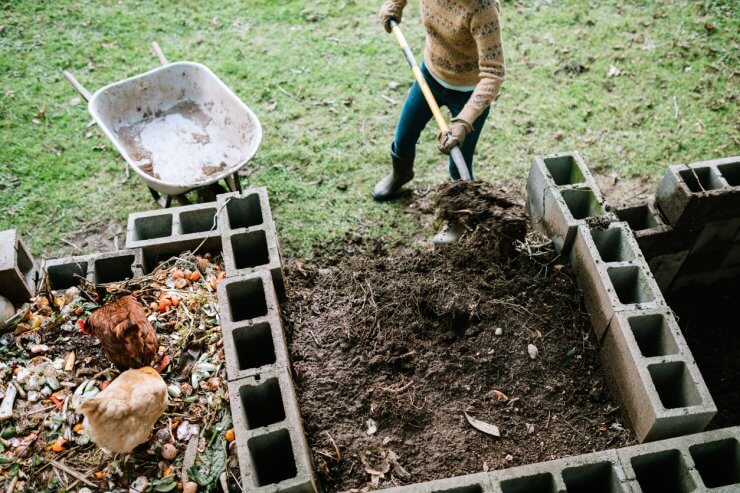
Keep your compost healthy
It may be tempting to throw plants with vegetable diseases into your compost pile. But you could be making a little problem even worse. Fungal spores and other diseased matter will continue to reproduce in your compost pile. The next time you use your compost, you could be spreading more disease to otherwise healthy plants.
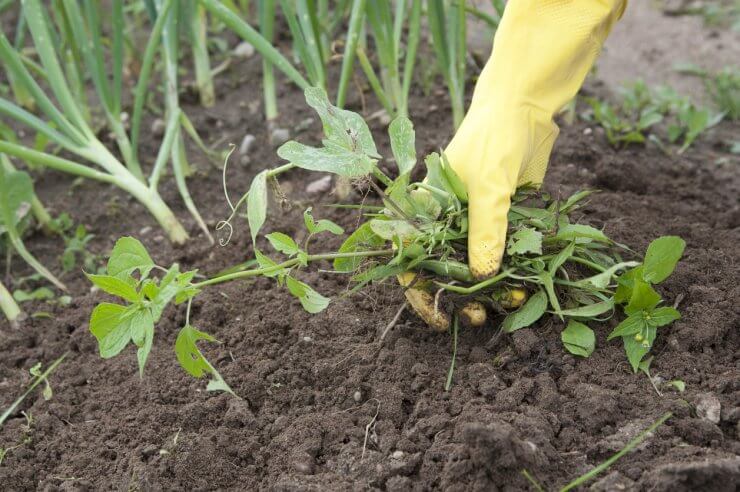
Weed Control
Weeds steal precious resources like water and sunlight from your vegetable garden. They can also carry and spread vegetable diseases to plants nearby. There are many different methods for weed control and the key is to find the method that works best with your schedule and garden space.
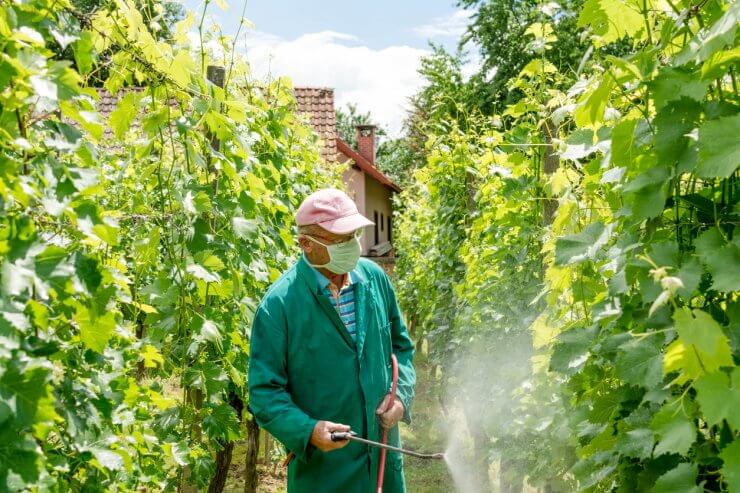
Apply a fungicide
Get ahead of vegetable diseases by applying a preventative or protectant fungicide. A preventative fungicide, if used correctly can prevent different types of fungus from taking hold and spreading throughout your garden. If your plant is already showing symptoms of fungal infection, you’ll need an eradicant or curative fungicide. Be sure to read about which of your vegetables to use fungicide on, as it may not be beneficial for all of your crops. Fungicides can be applied in a spray or dust form, and it’s important to follow each type’s application instructions.
Have you dealt with different vegetable diseases? Do you have any tips for preventing them from taking over your garden? Share your strategies in the comments!
Discover 7 top tips for growing, harvesting, and enjoying tomatoes from your home garden—when you access the FREE guide The Best Way to Grow Tomatoes, right now!


